Artist Charles Njau

http://www.njau.se
Kunstart: Malerei
Technik: Ölmalerei
Stil: Moderne
Vita / Lebenslauf:
Education:
Praktisini Primary School in Marangu, Tanzania.
(by Marangu Teachers College)
Majengo Lower Primary School in Moshi, Tanzania.
Majengo Upper Primary School in Moshi, Tanzania.
Mawenzi Secondary School in Moshi, Tanzania.
(Mkwawa High School) S:t Michaels & S:t Georges High School (previous name of the school) in Iringa, Tanzania.
1976-1981: Studied at the Royal Academy of Fine Arts in Stockholm, Sweden.
Charles Njau was born in Marangu, Kilimanjaro, Tanzania on the slopes of Africas highest peak and the worlds tallest free-standing mountain, of his mother Martha Njau who is a teacher and his father Ainainy Njau (1918-2006), was a statesman, great man of justice, visionary and a scholar who studied Law, History, Economics, Physics, Mathematics, Music (piano and guitar), Latin, English Literature, Religion, Sociology, Political Science, Psychology, Philosophy and Journalism at Makerere University in Uganda and with determined efforts, in South Africa and in the United Kingdom by correspondence.
Charles parents brought to the world eleven children of their own namely, Ebba Ainainy Njau (always very compassionate and brilliant, she scored the highest marks in schools and loved to help others, she had great mind and great heart); Charles Ainainy Njau; John Ainainy Njau; Esther Ainainy Njau; Sarah Ainainy Njau; Joseph Ainainy Njau; Elizabeth Ainainy Njau; Mary Ainainy Njau; Julius Ainainy Njau; Furaha Ainainy Njau and Joyce Ainainy Njau. Seven more children were adopted: Richard Ainainy Njau; David Ainainy Njau; Lucy Ainainy Njau; Rose Ainainy Njau; Steven Ainainy Njau; Mary Ainainy Njau Junior and Irene Ainainy Njau.
As they got older, Charles parents continued with the adoption of more children in order to help them get good education. At one time in this home of Charles parents there were twenty four children living together and going to school. This included children of other people who did not have good schools at the places they were born. This kind of support enabled all children living in this home have the same best opportunities to pursue their studies successfully.
Charles father was always interested in knowledge and with his enormous generosity he used the knowledge he had acquired at every stage of his life to help others in need. Always, his ambition was to seek justice for all in this world. He was a quiet hero. He always offered free legal services to those who were in need. When he saw that there was injustice done to innocent people, he went to the courts and defended them without asking for any payments and kindly and courageously contested a great number of court rulings successfully. He was an inspiration to Charles and so many others.
Charles father was the President of TANFU with profound knowledge and esteem. He visited President Kwame Nkurumah (1909-1972) of Ghana and President Gamal Abdel Nasser (1918-1970) of Egypt in the 1960s to campaign about the need for African Unity. He also met President Julius K. Nyerere (1922-1999) of Tanzania a lot of times to discuss important matters. He was the first person in Tanzania to import a radio that needed to use car batteries in order to function. He could tune and listen to any radio station around the world during the beginning of the 1950s. From the outset, he wanted Charles to consider studying Science in order to be astronaut.
Together with Charles grandfather Filipo Njau (1890-1976), they were all very big thinkers; they were not afraid to speak to truth power. They were the most incredibly loyal of friends and generous of human beings. Charles says that they were the kindest, most generous spirits he has ever known, and that what is best in Charles, he owes that to them. They were the only constants in his life. They were always attentive to multiple points of view. They were better angels of our nature. They were the spirit of the best in Mankind. Perfect vessels of our hopes and dreams.
Charles Njaus talent was discovered, encouraged and supported from early childhood by his grandfather Filipo Njau who lived in Old Moshi and Marangu, Kilimanjaro, Tanzania. Whenever Charles did a good artwork, his grandfather gave him art materials and some rewards and expected him to be even better next time. Artist Pablo Picasso said a long time ago: Every child is an artist. The problem is how to remain an artist once he grows up. International art collector Charles Saatchi from the United Kingdom said: Being a good artist is the toughest job you could pick, and you have to be a little nuts to take it on. I love them all.
Filipo Njau and Germany started Marangu Teachers College during the early part of 1900 where he worked until 1954. He was considered to be one the most competent teachers in Kilimanjaro. He was praised for his diligence both in intellectual and physical work. Afterwards, this college became a very important institution for education in Tanzania. With his students he planted a lot of trees to protect the environment. He even made sure that a lot of trees were planted along the steep areas of river Una that was within the vicinity of Marangu Teachers College. Ropes were used by Filipo Njau and his students for supporting as they climbed up and down planting more trees on all the areas that were very steep along this river and other rivers in Marangu to stop soil erosion.
For many years a lot of forest developed in this area as a result. Unfortunately, nowadays this forest is gone because irresponsible individuals found it easy to cut down this forest for commercial reasons without replacing it with new trees. This place used to be very green with its rich volcanic soil where wild berries, wild flowers, coffee, banana and yam plantations and other vegetations grew abundantly and the wildlife was rich. It looked like a lavish paradise ones upon a time.
Filipo Njau was gifted and articulate and one of the most thoughtful of first generation Chagga Lutherans. He was good in languages and composing music, playing violin, organ and taught Germans Swahili Grammar and Tanzanians to be Scholars of the Bible. There were considerations in Germany at that time for Filipo Njau to be the Bishop of the Lutheran Church in Tanzania. On the other hand, Filipo Njau trained Stefano R. Moshi (1906-1976) who became Bishop of the Lutheran Church in Tanzania. Filipo Njau believed always in the equality of every one regardless of gender, race or class. Every thing he did was executed immaculately to perfection: composing music, singing, playing violin, organ, designing gardens around his home or writing and celebrating Christmas and New year etc.
When he was around seventy years old, he embarked on something phenomenal. Neighbors, relatives, friends from near and far thought Filipo Njau lost his mind. He cut down his coffee, banana and yam plantations that used to be a vital source of all his income. Like a man with ambition and vision found a new land, he dug tirelessly day and night on this stony steep landscape and formed terraces.
He dug a new long road everyday from 4 Oclock early in the morning when it was still very dark outside. He used his kerosene lamp in order to get some light and continued to work until 10 Oclock when it was time for him to have his favorite breakfast that always included one raw egg each time besides other things. After that he always continued to work laboriously until the late burning golden ball of the tropical sun disappeared crossing the peaceful blue sky above.
The new road he constructed from his home joined the main road. For many years people walked or drove cars and buses on this road when they came to see Filipo Njau or visit the gallery. He continued to construct on this site the first private art gallery in East Africa on this steep green landscape of mountain Kilimanjaro that got the name of Kibo Art Gallery in Marangu, Tanzania for benefiting mankind. For Filipo Njau, art was an essential part of every developed or developing society.
For his unique efforts and generous cultural contributions to Tanzania, President Julius K. Nyerere of Tanzania visited him by surprise on 14th November 1967 and demonstrated with great enthusiasm his deep appreciation of Kibo Art Gallery. He did photograph Filipo Njau and the gallery with his flat Polaroid camera that looked like a black book. He signed those photos and gave them to Filipo Njau thanking him for that fantastic experience. Artists and art loving people visited Kibo Art Gallery and enjoyed meeting Filipo Njaus overwhelming passion for art, nature and humanity.
There were young artists and established artists who lived for a long time here and worked freely with their art at this gallery and results of their work were shown at the gallery and other places. For example, young budding artists like Athumani Mwariko Omari who became famous internationally, lived at Kibo Art Gallery for a long time with the support and encouragement of Filipo Njau. Artist Mwariko used to show visitors around the gallery at times when he lived there. Other famous artists like Sam Ntiro and Samuel Wanjau etc. took part in the activities of the gallery.
Dances, art exhibitions, workshops and residency programs that included artists and other people from different countries in Asia, America, Africa and Europe took place here. There were many artists and visitors of this gallery who participated a great deal in these activities during Filipo Njaus and his wife Maria Njaus life time. Afterwards, photojournalist Phillda Ragland Njau from the United States, wife of Elimo Njau, moved from Paa Ya Paa Art Gallery in Nairobi, Kenya and took over this responsibility and continued to spearhead all the daily functions of this gallery.
Chagga dance performances took place here at the open space on these terraces of the gallery every Saturday or at other times when there were special activities. This gallery was also an international place for artists to visit, meet and work for short time or long time. In I980, a group of twenty artists from the Royal Academy of Fine Arts in Stockholm Sweden worked together with Tanzanian artists at the gallery for a long time in various activities that resulted in exhibitions at Kibo Art Gallery in Marangu and in Sweden.
Elimo Njau traveled from Nairobi, Kenya and joined his wife Phillda Ragland Njau to manage all the programs that concerned these artists from Sweden from the beginning to the end of all the programs. At this occasion, students at Marangu Teachers College organized an eventful day with theater, poetry recitals, music, dance etc. from different parts of Tanzania that went on for many hours as a grand festival until midnight celebrating the coming of these artists from Sweden to Marangu, Kilimanjaro, Tanzania.
It is just amazing to see these results of Filipo Njaus vision; that his noble efforts and generosity made this place possible and that it became a wonderful place for many people from different parts of the world. Kibo Art Gallery maintained a valuable, unique, vibrant, fanciful, powerful, uninhibited, diverse and altogether very interesting astonishing collection of works of art by Charles uncle, famous artist, Elimo Njau and other artists that were exposed for visitors. The collection of art works that were not on display were stored at the gallery premises.
Charles Njau at the age of sixteen was recognized and commissioned by German owner of Kibo Hotel in Marangu, a wonderful friend of Filipo Njau, Mrs. Bruehel in the 1960s to renovate ceilings at her hotel that were damaged by smoke and to make a mural painting at this hotel that still exists even today. Mrs. Bruehel always spoke with Filipo Njau in German whenever they met about their common friends in Germany like, Mr. Kurt Fickert, Mr. Johannes Schanz and Mr. Bruno Gutmann (1876-1966) who worked as a Leipzig Missionary among the Chagga people of Kilimanjaro in Old Moshi, Marangu and Machame from 1902 to 1938 with Filipo Njau who was the most educated person at that time in Tanzania. They also spoke a great deal to each other about what was going on around the world.
During his national service, Charles worked as sign writer, painter and designed and decorated shelters at Oljoro National Service Camp in Arusha, Tanzania. He has also made some decorations for subway train stations and schools in Sweden and received commissions to do portraits both in Tanzania and Sweden. Charles Njau has exhibited his artworks in different countries. His art received Yomiuri Telecasting Prize in Japan 1994 Osaka Triennale International Contemporary Art Competition that had 7421 artworks participating in the competition from all over the world; and other rewards in Sweden.
Aktivitäten / Ausstellungen:
Working with IN AND OUT global project.
|
|
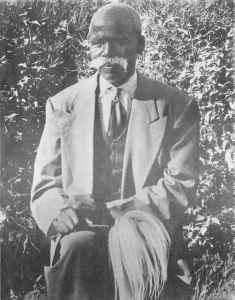
|
Portrait of Filipo Njau 1890-1976
Fotografie
Farbfotografie
14 x 18 cm
unverkäuflich
mehr Informationen
|
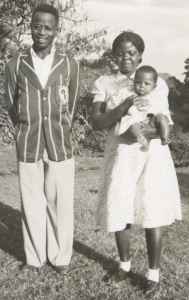
|
Ainainy Njau & Martha Njau 1951
Fotografie
Holografie
18 x 27 cm
unverkäuflich
mehr Informationen
|
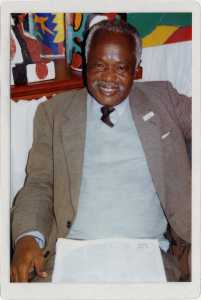
|
Portrait of Ainainy Njau 1918-2006
Fotografie
Farbfotografie
17 x 12 cm
1992
unverkäuflich
mehr Informationen
|
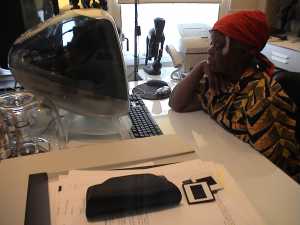
|
Portrait of Martha Ainainy Njau
Fotografie
Farbfotografie
37 x 47 cm
2004
unverkäuflich
mehr Informationen
|
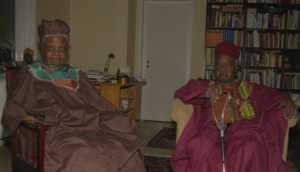
|
Ainainy Njau & Martha Njau 2004
Fotografie
Farbfotografie
10 x 20 cm
2004
unverkäuflich
mehr Informationen
|

|
Portrait of Ebba Njau born 1948
Fotografie
Farbfotografie
14 x 9 cm
2012
unverkäuflich
mehr Informationen
|
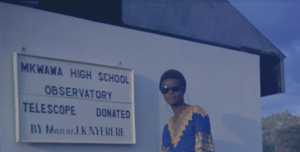
|
Charles at Mkwawa High School, Iringa, Telescope
Fotografie
Farbfotografie
12 x 26 cm
unverkäuflich
mehr Informationen
|
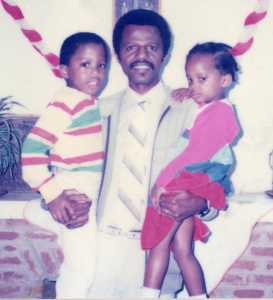
|
Portrait of John Njau & His Children
Fotografie
Farbfotografie
9 x 8 cm
2012
unverkäuflich
mehr Informationen
|
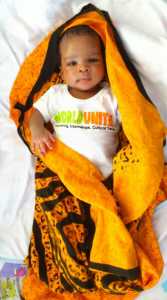
|
Portrait of Chris-Evert Ainainy Njau
Fotografie
Digitalfotografie
42 x 76 cm
2014
unverkäuflich
mehr Informationen
|
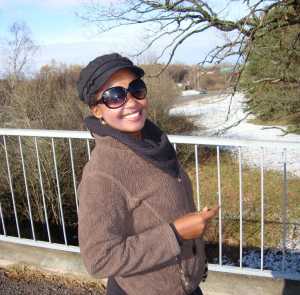
|
Portrait of Adelina Michael
Fotografie
Farbfotografie
9 x 9 cm
2012
unverkäuflich
mehr Informationen
|
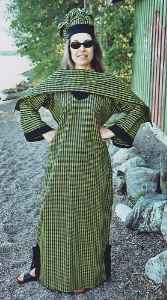
|
Kerstin Norell In A Green Dress
Fotografie
Farbfotografie
147 x 144 cm
2006
unverkäuflich
mehr Informationen
|
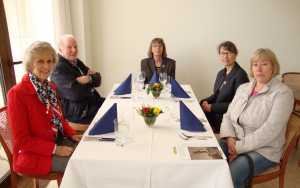
|
Waiting For Lunch At A Museum With Scheiblers
Fotografie
Digitalfotografie
60 x 39 cm
2011
unverkäuflich
mehr Informationen
|

|
Dr Masahiro Family in Stockholm
Fotografie
Farbfotografie
36 x 54 cm
2008
unverkäuflich
mehr Informationen
|
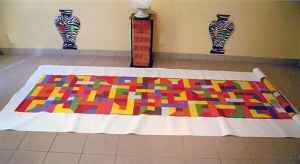
|
Role me on the floor
Skulptur
400 x 160 cm
2002
verkauft
mehr Informationen
|
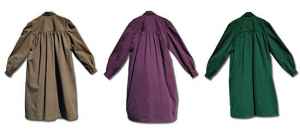
|
Waiting for inspirations in B, V and G
Skulptur
Stoff
490 x 180 cm
verkäuflich (Preis auf Anfrage)
mehr Informationen
|
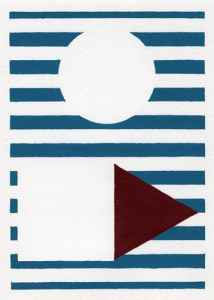
|
005 painting
Malerei
Mischtechnik
22 x 16 cm
2007
verkäuflich (Preis auf Anfrage)
mehr Informationen
|
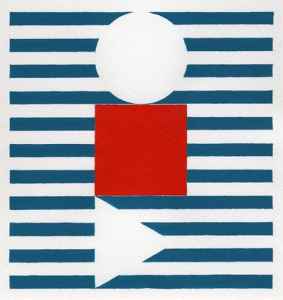
|
004 painting
Malerei
Mischtechnik
23 x 22 cm
2007
verkäuflich (Preis auf Anfrage)
mehr Informationen
|
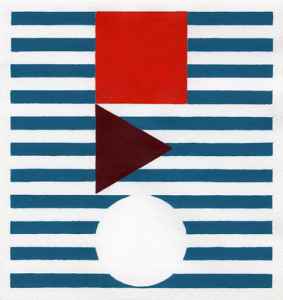
|
003 painting
Malerei
Mischtechnik
23 x 22 cm
verkäuflich (Preis auf Anfrage)
mehr Informationen
|
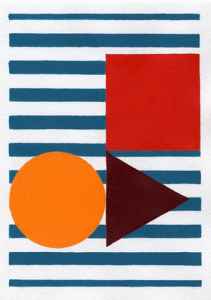
|
001 painting
Malerei
Mischtechnik
22 x 16 cm
2007
verkäuflich (Preis auf Anfrage)
mehr Informationen
|
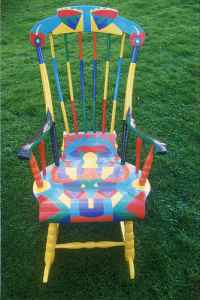
|
Rocking chair recycling
Skulptur
Holz
103 x 107 x 67 cm
verkauft
mehr Informationen
|
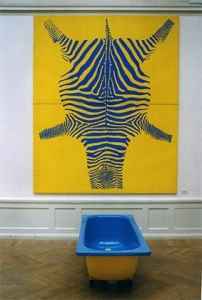
|
Integration
Skulptur
Bronze
230 x 268 cm
verkauft
mehr Informationen
|
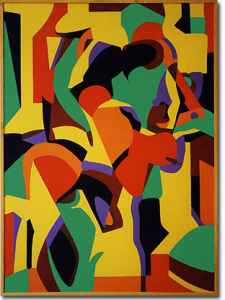
|
Hotline
105 x 143 cm
verkäuflich (Preis auf Anfrage)
mehr Informationen
|
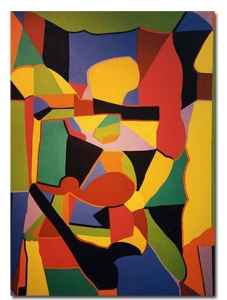
|
Apparition
101 x 141 cm
verkäuflich (Preis auf Anfrage)
mehr Informationen
|
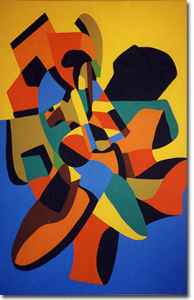
|
Last Dance
128 x 199 cm
verkäuflich (Preis auf Anfrage)
mehr Informationen
|
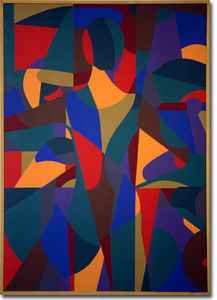
|
Dancers Before First Reharsal
107 x 150 cm
verkäuflich (Preis auf Anfrage)
mehr Informationen
|
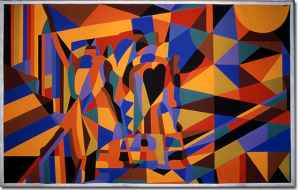
|
Stairs
340 x 206 cm
verkäuflich (Preis auf Anfrage)
mehr Informationen
|
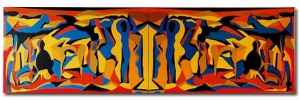
|
The Anatomy of Peace
378 x 112 cm
verkäuflich (Preis auf Anfrage)
mehr Informationen
|
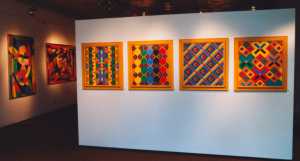
|
Paintings on exhibition
Fotografie
6 x 12 cm
unverkäuflich
mehr Informationen
|
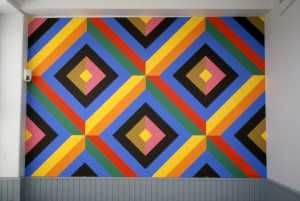
|
Little Brother
Malerei
Acryl
271 x 185 cm
unverkäuflich
mehr Informationen
|
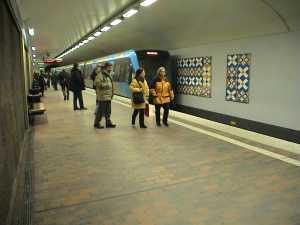
|
32 Gärdet Variations, Stockholms subway station
Fotografie
35 x 47 cm
2002
unverkäuflich
mehr Informationen
|
|
 english
english
 español
español francais
francais
 russkii
russkii english
english
 español
español francais
francais
 russkii
russkii





























